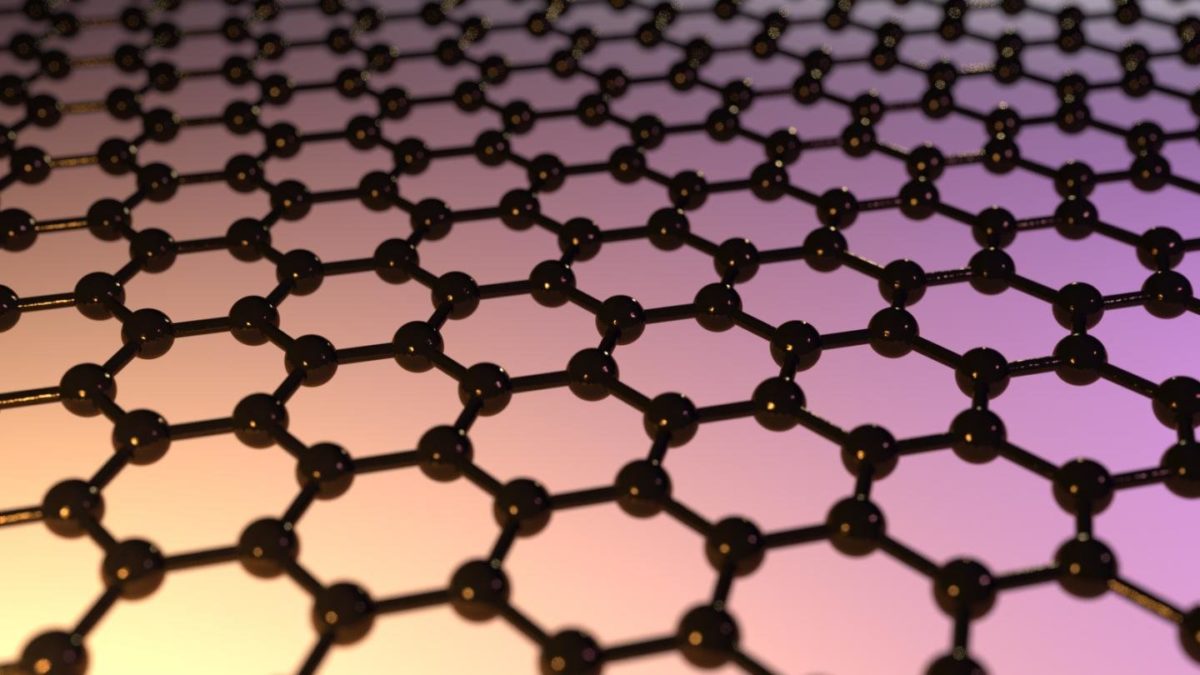Graphene, known to many scientists as a ‘wonder material’ thanks to its unique properties, is a single atom thick layer of carbon atoms arranged into a hexagonal formation. These properties include the ability to quickly carry a charge, and there is plenty of ongoing research into graphene as a solar cell material.
Now, a research group at the University of California, Riverside, has found that pristine graphene arranged into certain shapes and configurations can potentially make for a highly efficient solar cell.
In standard solar cells, a current is only generated at the junction of two different semiconductor materials. However, the researchers at UCR showed that graphene can generate electricity without the presence of a p-n junction.
“We found that photocurrents may arise in pristine graphene under a special condition in which the entire sheet of graphene is completely free of excess electronic charge,” explains UCR Associate Professor Nathaniel Gabor. “Generating the photocurrent requires no special junctions and can instead be controlled, surprisingly, by simply cutting and shaping the graphene sheet into unusual configurations, from ladder-like linear arrays of contacts, to narrowly constricted rectangles, to tapered and terraced edges.”
Popular content
The device fabricated by the researchers, described in the paper Giant intrinsic photoresponse in pristine graphene, published in the journal nature nanotechnology, is just one atom thick. The team says that they could also engineer the materials to be semi-transparent, allowing them to be embedded as solar windows, or as additional layers in a solar module to absorb different portions of the light spectrum
“All of this behavior is due to graphene's unique electronic structure,” he said. “In this ‘wonder material,' light energy is efficiently converted into electronic energy, which can subsequently be transported within the material over remarkably long distances.”
This content is protected by copyright and may not be reused. If you want to cooperate with us and would like to reuse some of our content, please contact: editors@pv-magazine.com.



Numbers please. Highly efficient is meaningless without a numer.
Replacing silicon with one atom thick for P-N separation was big news a decade ago. HP-US has made giant advances with it. 0/1 will be no more with a 3 legged transistor. It will also have memory and both P & N response at the same time with one device.